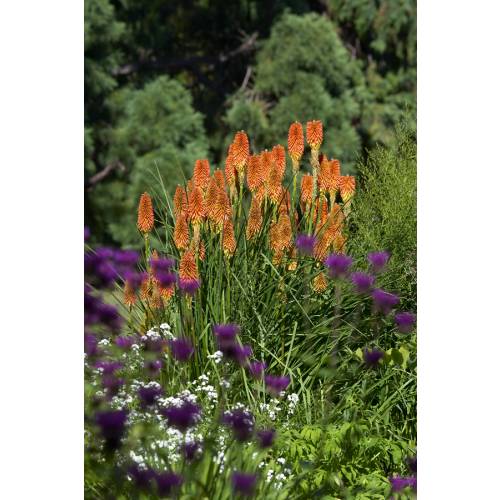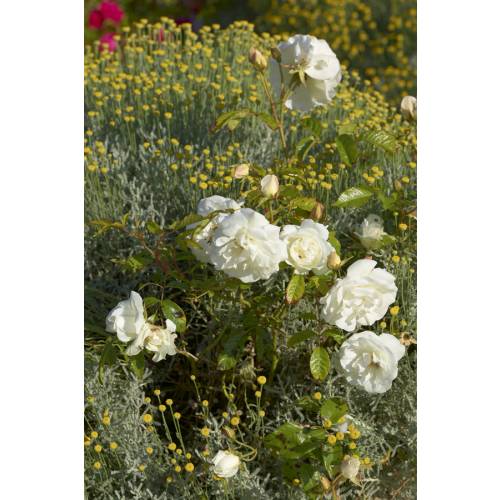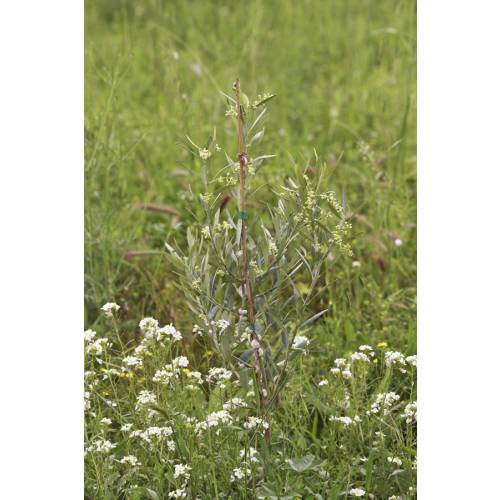
Prevention
Prevention is best
- Details
-
To have a healthy garden, the best solution is to avoid problems in the first place. Prevention is the gardener’s best ally in trying to stop diseases and destruction. Of course, there will still be a few problems. However, is it worth worrying about?
Limit risks
The best way of preventing diseases in the garden consists of reducing the risk of possible problems. In particular, avoid growing plants on a site that does not suit them.
A plant that is not at ease is less vigorous. Therefore, it is more susceptible to diseases. Plants which thrive in peat (camellias, rhododendrons, azaleas…) grown in chalky soil or plants needing a lot of moisture grown in dry land will suffer and will be prone to diseases.
So choose the plants in function of your garden conditions: It is the best way of avoiding problems… by not creating them!
Choose the best varieties
Even inside a group of plants, (Rose bushes for example); certain varieties are more susceptible than others are to diseases.
Often, varieties growing in the wild, looking like the homegrown plants, tend to be less prone to diseases than the ones we grow in our gardens with their sophisticated flowers.
On the common wild rose, the black stains disease is never seen, whilst on the 'Paul Neyron's rose, the foliage tends to stain when the weather is humid. It is the same for fruit trees, vegetables, etc. When we push the productivity of a variety or the beauty of its flowers, it unfortunately means that it is not especially resistant to diseases…The perfect plant does not exist: beautiful and generous, that does not need looking after and disease resistant!
Breathing space!
Leaving enough space between your plants is a good reaction to keep a garden healthy. When plant density is too high, air does not circulate well, therefore it favours attacks from fungus (powdery mildew, rust, stains on leaves, etc.). Stinging insects, cochineal insects in particular, multiply more easily, when well protected from their natural predators. It is why it is always advisable to prune the centre of the branches: It limits the risk of diseases in that particular spot.
It is best also to avoid creating large areas of the same plant. You only need for one destructive insect or disease to arrive and the entire area will be contaminated. For example, leave spaces between lilies, as the Lilioceris lilii (lily leaf beetles) a red insect that eats its leaves would attack all the plants if they were close together. Mix your plants, so as not to create lines of roses, lavender etc. In your garden, do as on your plate: varied and balanced! - Photos (3)



